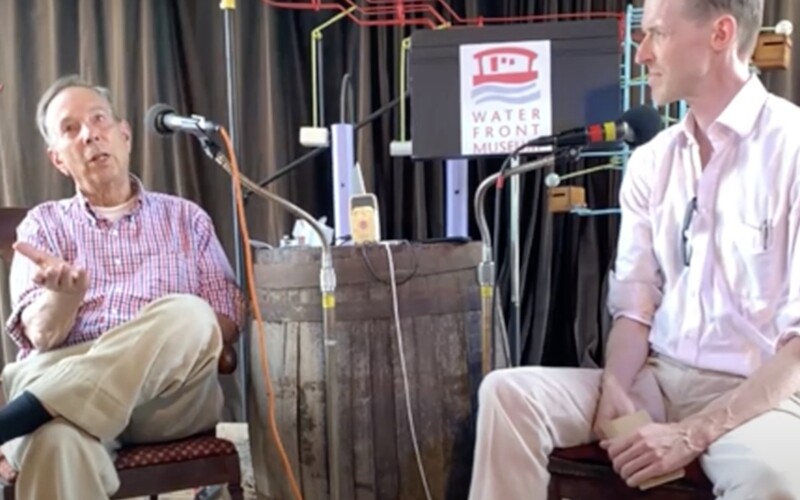We have experience hosting a range of audiences, from college classes to birthday parties to company outings, and we customize our tours to meet your group’s interests and needs.
Book a private tour today
Join architect Sara Zewde for this live virtual program as she shares her recent research on the impact of Frederick Law Olmsted’s journeys through the Slave States on his practice …
Read more
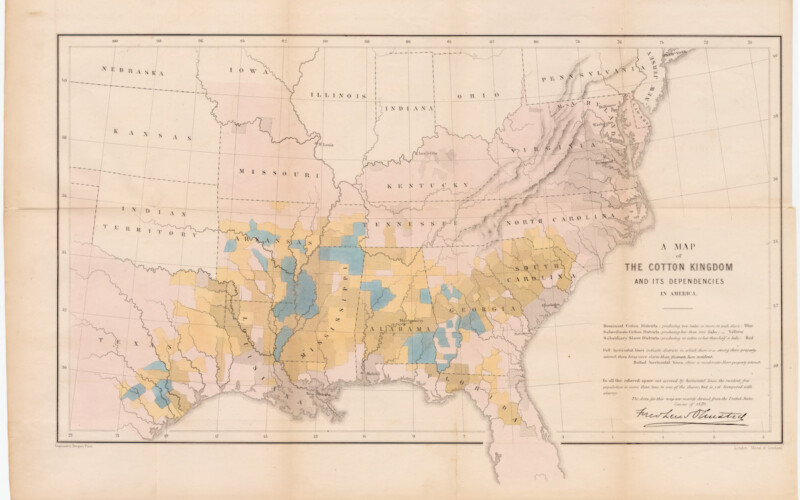
Join historian and filmmaker Laurence Cotton, originator of and consulting producer to the PBS special Frederick Law Olmsted: Designing America, as he shares the remarkable life and career of the …
Read more
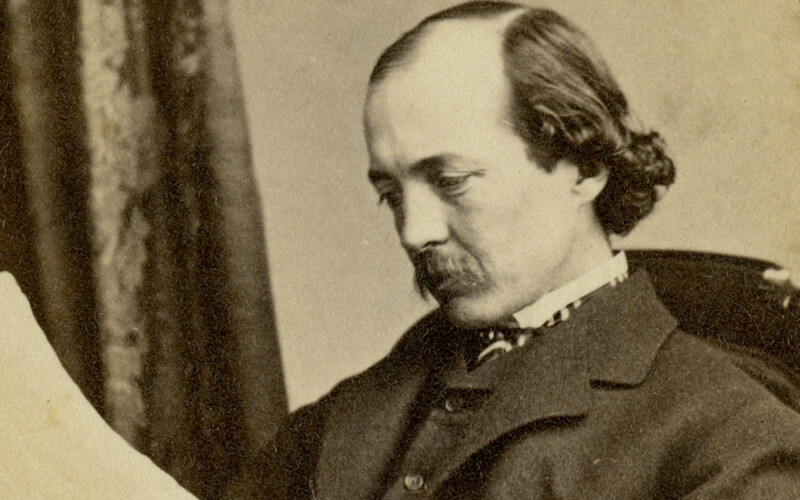
More than 50 Brooklyn Navy Yard tenants welcomed the public on Open House New York Weekend, with manufacturers, artists, designers, and eateries hosting tours and open studios. We again hosted a …
Read more
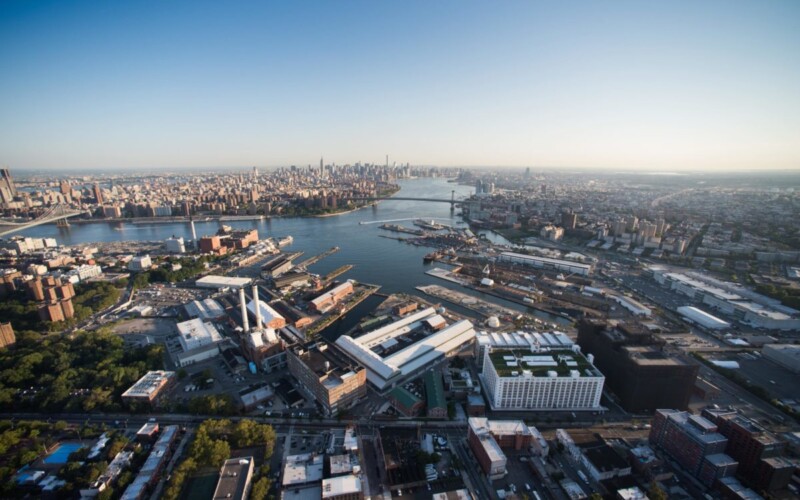
The Waterfront Museum presents the final session of The Tideshift Project, featuring stories of waterfront workers from the pre-containerization era and people working in today’s final mile shipping industry. Tideshift is …
Read more
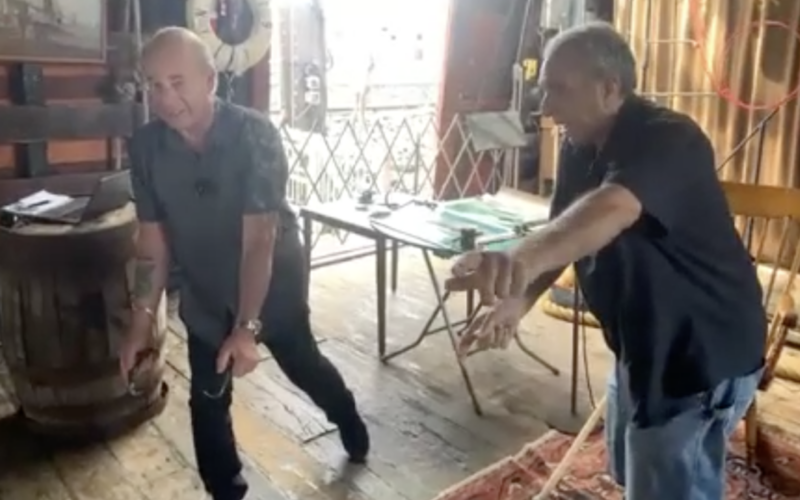
In 1879, Scottish-born businessman Robert Gair stumbled upon an invention that would transform packaging and consumer products forever: a fast, mechanized way to manufacture cardboard boxes. This invention would grow …
Read more
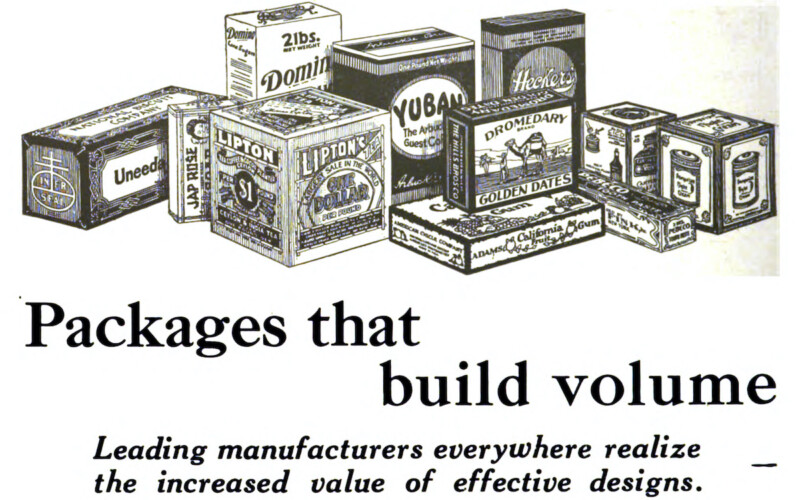
The Waterfront Museum presents the Barge Family Reunion Celebration, stories and images from people who have lived and worked aboard barges and their families. This is the second part of The …
Read more
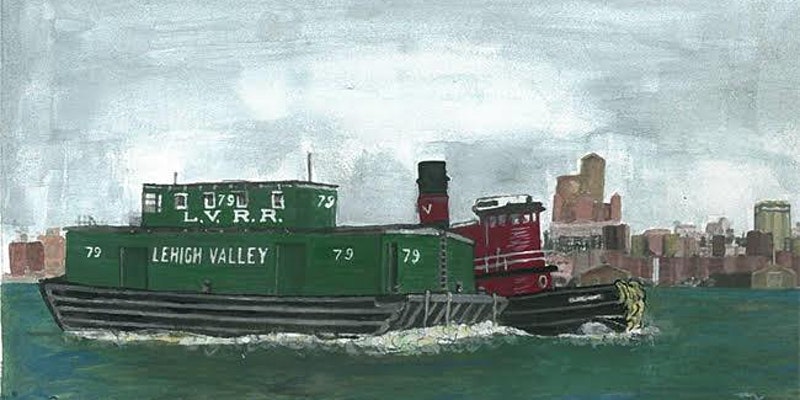
Waterfront workers were at the vanguard of the labor movement; the word “strike” has its origins in work stoppages on the London docks in 1768, when sailors “struck” the sails …
Read more
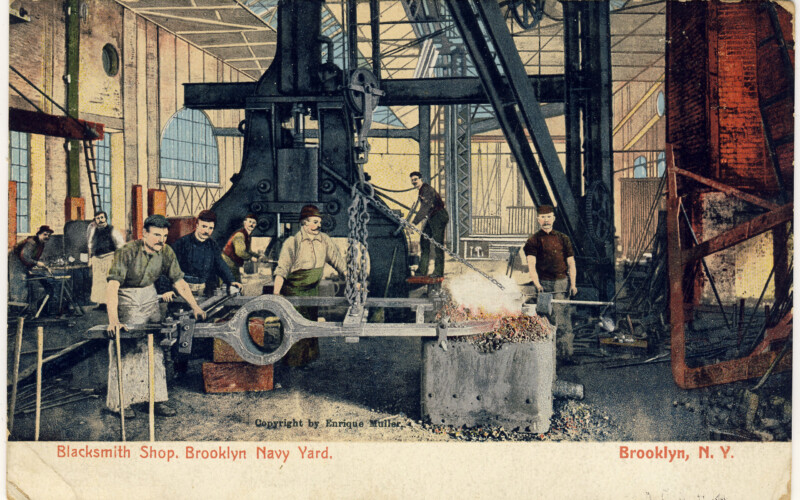
The history and legacy of the Second World War can be seen all around us in Brooklyn. Once home to hundreds of factories, shipyards, and warehouses, and responsible for sending …
Read more
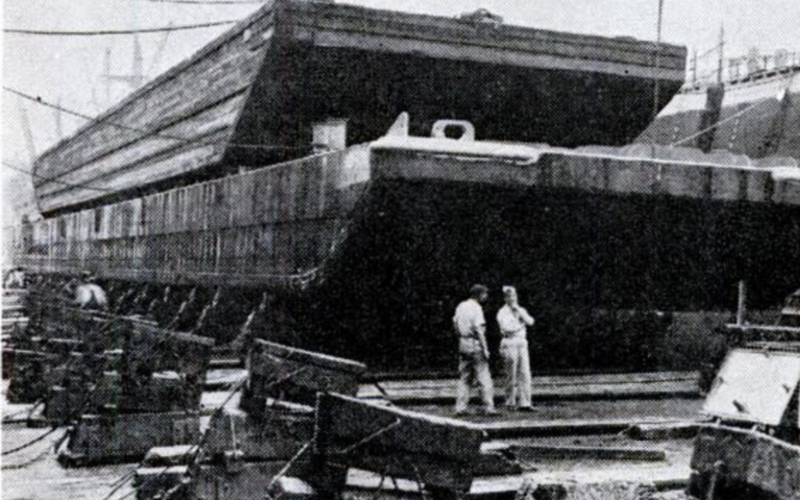
To celebrate the Brooklyn Navy Yard’s 221st birthday, which takes place during Black History Month, we’re looking at the past and present of Black trailblazers and innovators at the Yard. …
Read more
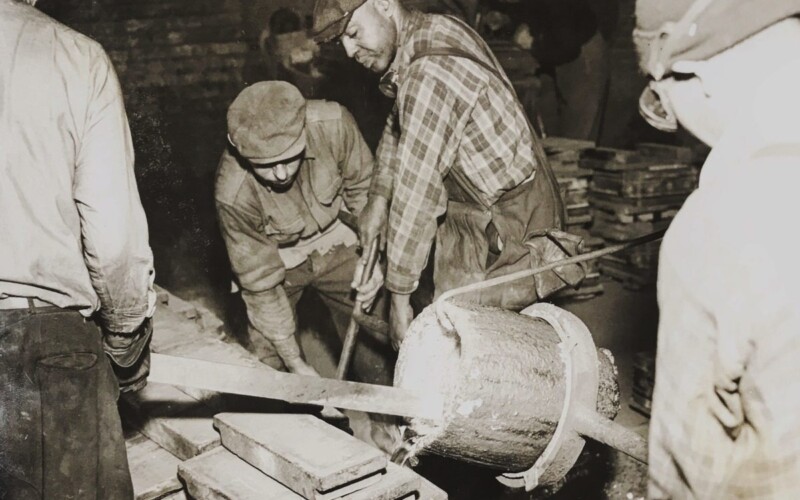
Join the Friends of Olmsted-Beil House for a fascinating presentation by Justin Martin, author of Genius of Place: The Life of Frederick Law Olmsted. Justin will highlight Olmsted’s travels to England while he lived …
Read more
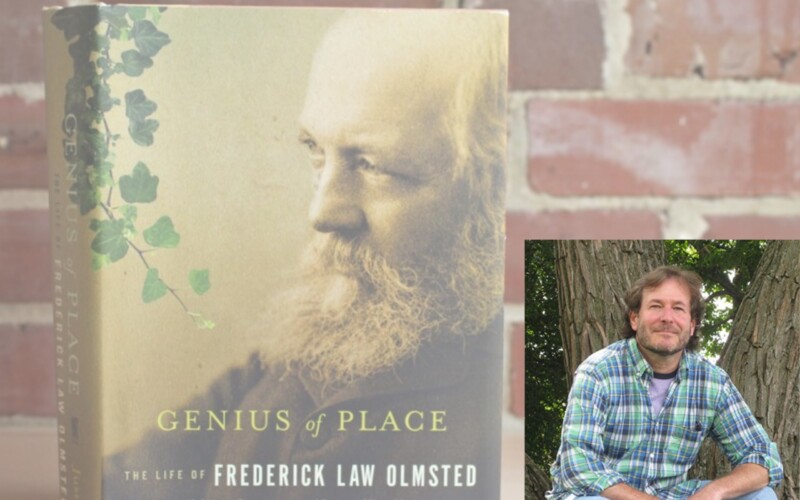
For the past month, teams have been exploring New York City completing scavenger hunt challenges all about street vending. With over 100 teams competing, it has been an intense race, …
Read more
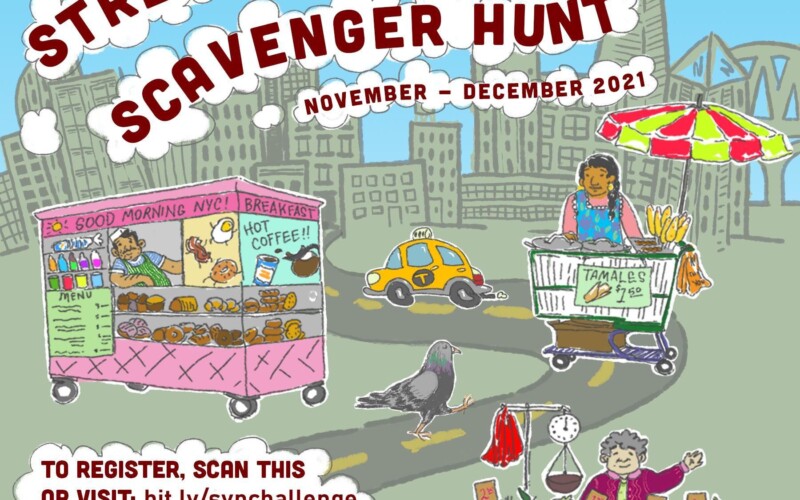
For the past three years, our friend Michael Cairl has been recovering from a stroke that limited his mobility and transformed how he gets around the city. As part of …
Read more
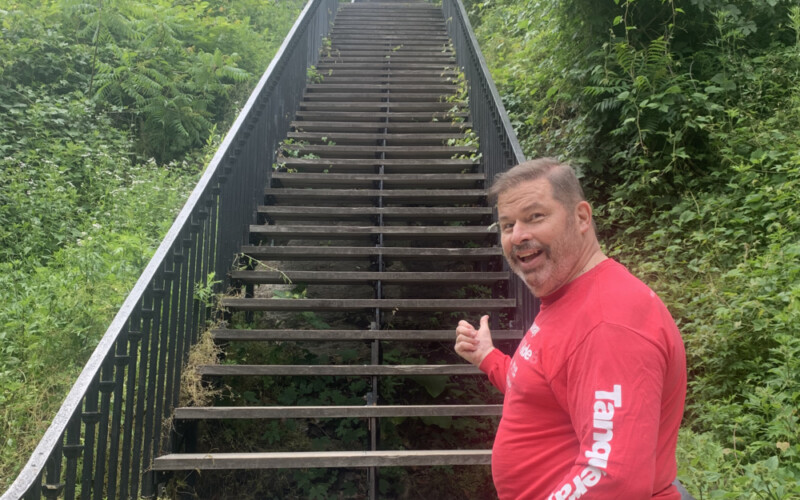
In the second installment of this series on the history and ecology of Staten Island’s North Shore, we are joined by Karen Imas, Senior Director of Programs at the Waterfront Alliance to …
Read more
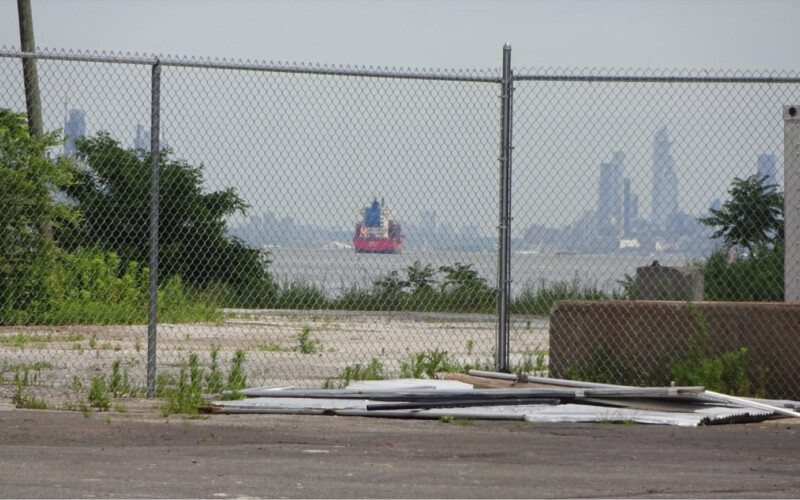
The Brooklyn Navy Yard Center at BLDG 92 opened its doors on Veterans Day 2011, 11/11/11, making it the first publicly-accessible building at the Yard in over a century, and the …
Read more
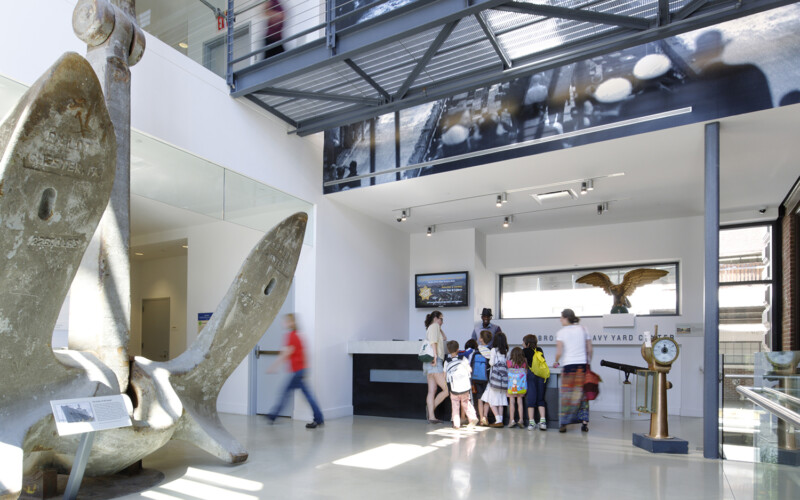
The Brooklyn Navy Yard is the hub for Open House New York Weekend, with food trucks, pop-up eateries, outdoor activations, and tours. We will be hosting a series of virtual tours …
Read more

Take a virtual visit to one of the most popular sites of Open House New York Weekend, the Brooklyn Army Terminal, and join us for a live exploration of the site’s …
Read more
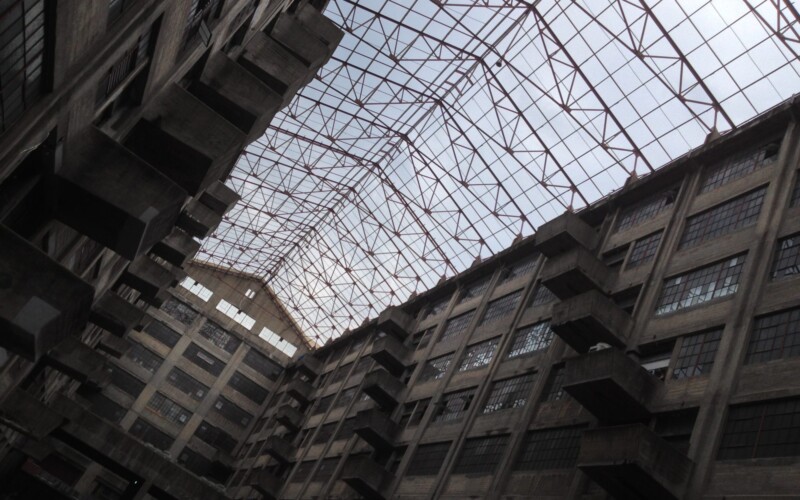
Celebrate Navy Day with a discussion of one of the least-known units of World War II, the Navy Armed Guard. Serving in the U-boat-infested waters of the Atlantic, these sailors …
Read more
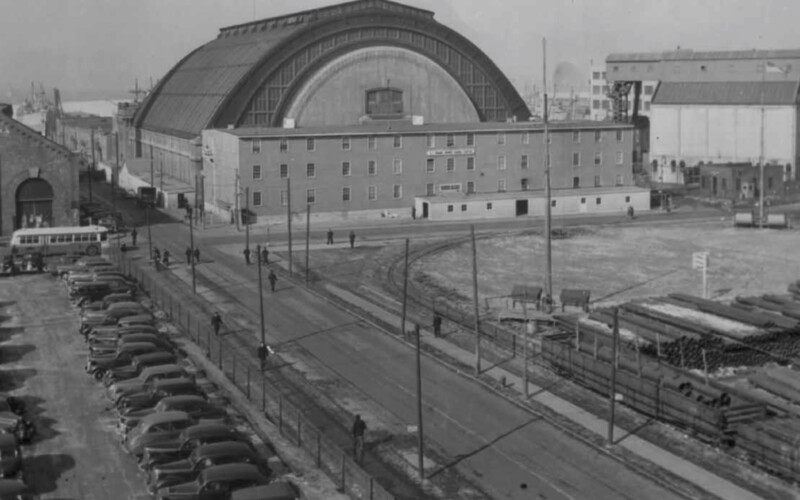
The Waterfront Museum presents The Tideshift Project, an oral history collecting event presented live aboard the 1914 Lehigh Valley Railroad No. 79 wooden lighterage barge moored in Red Hook, Brooklyn. This three-part …
Read more
